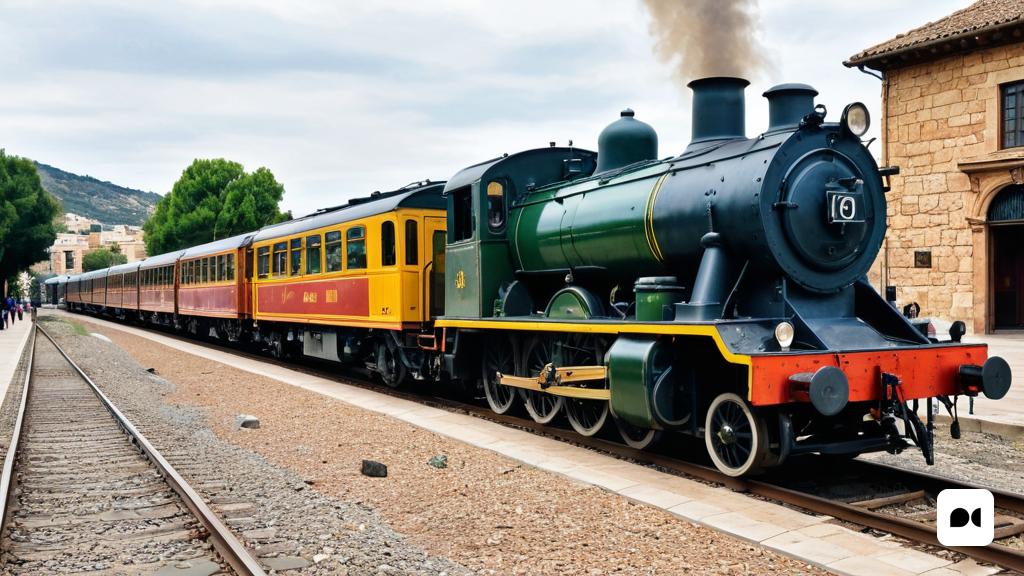Introduction
Are you tired of encountering unnecessary anglicisms? Me too. But you should know that Catalan already incorporated anglicisms in the 19th and early 20th centuries. During the second half of the 19th century, steam technology spread, which led to the mechanization of the textile industry and the appearance of the train. This technology was invented and developed by the English. Because in central Catalonia, the Vallès and the Alcoi area were dedicated to textile production, and because the train became present everywhere (the first railway line in the Iberian Peninsula was in the Maresme, between Barcelona and Mataró), many technical elements of these areas took root in Catalan-speaking society, and their English denomination entered the Catalan language.
The English influence in the textile industry
Just by looking at the nomenclature of the textile machinery of the time you can see this influence. From that time are the widgets called self-acting (que va sol) and spinning-jenny (with the verb spin ‘turn’), which in Catalan became, respectively, selfactina (in Alcoi solfatina) and jenua . There is also a word taken from French, such as jacquard, which is normally written like this but which in Alcoy ended up being the jacquard loom.
Anglicisms in other areas
Anglicisms from the 19th century or the beginning of the 20th century are also present in other areas such as agriculture and the railway world. A vine disease is called mildew, which comes from the English term mildew, which means ‘mold’. In addition, in the Ebro Delta, when they harvest an element from the garden, they place it in a box they call basket, from the English basket ‘basket’.
Curiosities about anglicisms
The railway world has left other anglicisms, such as the terms rail and train, which come from the French and which the latter took from the English. In addition, in the Maresme, the sleepers (the timbers that are placed under the rails) have traditionally been called felipes, which comes from the English sleeper ‘sleeper’. This term was adapted by the Catalan foremen to selipa and the people of Maresme ended up calling it felipa.
conclusion
The English influence on the Catalan language is undeniable, especially in areas such as the textile industry, agriculture and the railway world. Although many of these anglicisms have been adapted to Catalan, it is interesting to know the origin of these words and how they have been integrated into our language. Thus, we can appreciate the richness and linguistic diversity that characterizes Catalan.

